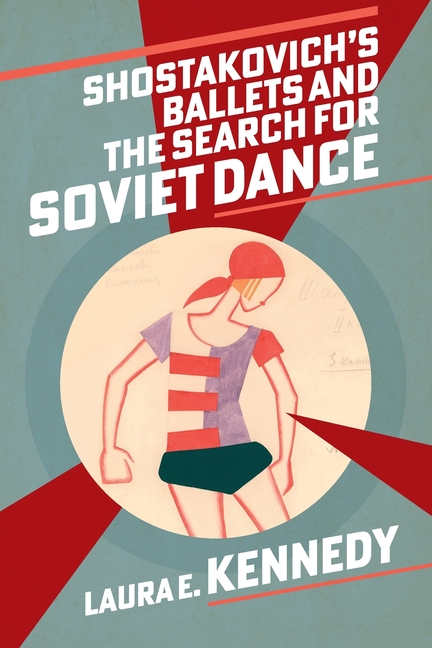Description
Shostakovich's ballets of the early 1930s occupied a unique moment in Soviet cultural history and in the development of early Soviet dance. As author Laura E. Kennedy demonstrates, cultural policy shifted frequently and rapidly in these years, summoning all areas of Soviet life to new orthodoxies. Like other arts, ballet emerged as a testing ground for the marriage of artistic innovation to Soviet ideology. Kennedy argues that Shostakovich's three ballets shaped the search for a Soviet approach to the genre in offering three distinct responses to these demands. At the same time, they illuminated the pressures and concerns that vied for dominance in the experimental environment of the late 1920s and early 1930s.
Throughout, Kennedy draws on extensive archival materials from St. Petersburg and Moscow--many of which have not previously been published--that preserve the creative record of Shostakovich's ballets in scores, répétiteurs, photographs, libretti, costume sketches, set designs, theatre documents, and annals of performance. Backed by these primary sources, she charts the complex histories of Shostakovich's ballets, their contributions to dance in Russia, and their impact on the composer's artistic career and the genre of ballet in the twentieth century.
Product Details
- Jul 8, 2025 Pub Date:
- 0197698050 ISBN-10:
- 9780197698051 ISBN-13:
- English Language




